Table of content
- A. Sanitization of Cutting Surfaces
- B. Minimizing Exposed Surface Area
- A. Refrigeration: The First Line of Defense
- B. Oxygen Management: The Role of Wrapping
- C. Humidity Control: Balancing Act
- D. Contamination Prevention: Strategic Placement
- A. Acidulated Water Bath
- B. Edible Coatings
- C. Freezing (For Culinary Use)
Watermelon, a quintessential summer fruit, is celebrated globally for its juicy sweetness, hydrating properties, and refreshing crunch. However, once sliced open, this beloved fruit becomes susceptible to rapid spoilage due to its high water content (approximately 92%) and nutrient-rich flesh. For home cooks, food enthusiasts, and health-conscious individuals alike, understanding the optimal methods to preserve sliced watermelon is not merely a culinary concern but a scientific challenge rooted in microbiology, food chemistry, and environmental control. This comprehensive guide explores the factors influencing the shelf life of cut watermelon, evidence-based storage techniques, and actionable tips to maintain its flavor, texture, and safety for extended periods.
I. The Enemy Within: Understanding Watermelon Spoilage Mechanisms
To effectively extend the shelf life of sliced watermelon, one must first comprehend the biological processes driving its deterioration. Freshly cut watermelon provides an ideal breeding ground for microorganisms, primarily bacteria and molds, due to three interrelated factors:

- High Moisture Content: Water activity (aW)—a measure of available free water—in watermelon exceeds 0.99, creating a hydrated environment conducive to microbial growth.
- Nutrient Availability: The fruit’s natural sugars (fructose, glucose), vitamins (A, C), and amino acids serve as metabolic fuel for spoilage organisms.
- Neutral pH: With a pH ranging between 5.2–5.8, watermelon flesh falls within the optimal growth range for many foodborne pathogens like Escherichia coli and Salmonella.
Key Spoilage Agents:
- Pseudomonas spp.: Responsible for off-odors and slime formation.
- Enterobacteriaceae: Linked to gastrointestinal risks.
- Mucor and Rhizopus molds: Cause visible fuzz and discoloration.
Studies indicate that microbial populations on cut watermelon surfaces can double every 20–30 minutes under favorable conditions, making time-temperature control critical.
II. The Clock Starts Ticking: Immediate Post-Cutting Protocols
The moment a watermelon is sliced, enzymatic browning and microbial colonization begin. Implementing precise initial handling can add hours—even days—to its edible lifespan.
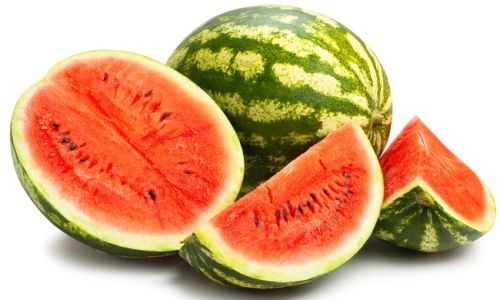
A. Sanitization of Cutting Surfaces
- Tool Hygiene: Use knives and cutting boards exclusively for fruits to avoid cross-contamination from raw meat or vegetables. A 2017 study found that wooden boards retained 400% more bacteria than plastic counterparts if not sanitized.
- Pre-Cut Rinse: Washing the watermelon’s exterior with a 10% vinegar solution (1 part white vinegar, 9 parts water) reduces surface microbial load by up to 90% without affecting flavor.
B. Minimizing Exposed Surface Area
- Cutting Technique: Opt for thick wedges or cubes rather than thin slices. Smaller pieces have higher surface-area-to-volume ratios, accelerating dehydration and oxidation.
- Seed Removal: Eliminating seeds post-cutting (rather than pre-cutting) preserves structural integrity, as seed pockets act as natural moisture barriers.
III. Storage Environment: The Four Pillars of Preservation
To counteract spoilage, manipulate four environmental variables: temperature, oxygen exposure, humidity, and contamination risk.
A. Refrigeration: The First Line of Defense
- Ideal Temperature Range: 4°C (39°F) ± 1°C. Freezing is inadvisable, as ice crystals rupture cell membranes, resulting in a mushy texture upon thawing.
- Shelf Life Impact: A 2020 USDA study reported that refrigerated sliced watermelon maintained acceptable quality for 5–7 days, compared to just 2–4 hours at room temperature (25°C/77°F).
B. Oxygen Management: The Role of Wrapping
- Cling Film vs. Airtight Containers: While both reduce oxygen exposure, airtight containers (preferably glass or BPA-free plastic) limit flavor absorption from other refrigerated items.
- Advanced Techniques: Vacuum sealing extends shelf life by 300% but requires specialized equipment. For home use, pressing plastic wrap directly onto the cut surface creates a partial barrier.
C. Humidity Control: Balancing Act
- Avoid Condensation: Excess moisture accelerates mold growth. Wipe container interiors dry before storage.
- Paper Towel Method: Placing a folded paper towel beneath the watermelon absorbs excess drippage without dehydrating the fruit.
D. Contamination Prevention: Strategic Placement
- Refrigerator Zoning: Store sliced watermelon in the crisper drawer (if humidity-controlled) or on the top shelf, away from raw meats and strong-smelling foods.
- Avoid Overcrowding: Ensure 2–3 cm of space around containers for air circulation.
IV. Time-Based Degradation: Stages of Spoilage
Understanding visual and textural cues helps determine edibility:
-
Day 1–3 (Optimal Freshness):
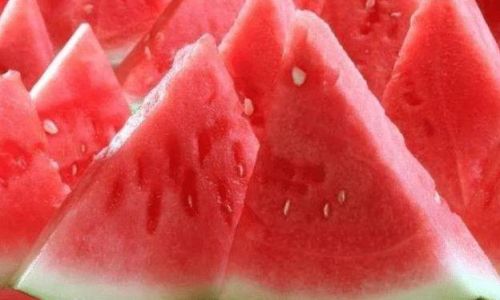
- Vibrant red flesh, crisp texture, mild sweetness.
- Minimal liquid accumulation at container base.
-
Day 4–5 (Acceptable Quality):
- Slight softening at edges, subtle loss of aroma.
- Visible syrup formation (natural sugar exudate).
-
Day 6+ (Risk of Spoilage):
- Grayish discoloration, fermented odor.
- Fuzzy mold patches (typically green, white, or black).
Critical Note: Even without visible mold, bacterial counts may exceed 10⁶ CFU/g (colony-forming units per gram) by day 5, posing health risks to immunocompromised individuals.
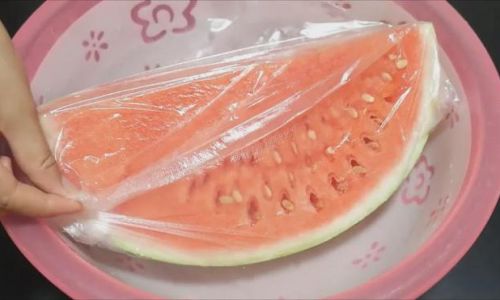
V. Advanced Preservation Techniques
For those seeking to extend storage beyond a week, consider these methods:
A. Acidulated Water Bath
- Submerge watermelon cubes in a 2% citric acid solution (1 tsp citric acid powder per 500ml water) for 5 minutes.
- Effect: Reduces pH to 4.0–4.5, inhibiting most spoilage organisms.
- Shelf Life: Up to 10 days refrigerated.
B. Edible Coatings
- Apply a thin layer of:
- Honey (1:10 dilution with water): Antimicrobial properties.
- Aloe vera gel: Forms oxygen-impermeable film.
- Shelf Life: 7–9 days with proper refrigeration.
C. Freezing (For Culinary Use)
- Blanch cubes in boiling water for 30 seconds to inactivate enzymes.
- Freeze in single layers on baking sheets before transferring to airtight bags.
- Usage: Ideal for smoothies or sorbets (texture changes preclude fresh consumption).
VI. Debunking Myths: What Doesn’t Work
- Lemon Juice Soak: While acidic, the 5% citric acid in lemon juice is insufficient to halt bacterial growth long-term.
- Saltwater Brine: Increases osmotic pressure but imparts undesirable salinity and fails to prevent mold.
- Room-Temperature Storage: Even in air-conditioned environments, temperatures above 15°C (59°F) accelerate deterioration.
VII. Food Safety: When to Discard
Adhere to the “4-Hour Rule”:
- Discard if left unrefrigerated for >4 hours (total, including preparation time).
- Visual Inspection: Toss at first sign of:
- Unusual texture (slimy, excessively soft).
- Off-odors (fermented, sour).
- Discoloration beyond minimal syrup formation.
VIII. Beyond the Fridge: Creative Preservation Ideas
- Watermelon Cubes in Syrup: Simmer with simple syrup (1:1 sugar-water) and store in sterilized jars for 3–4 weeks.
- Dehydration: Use a food dehydrator to create chewy, shelf-stable treats (store in airtight jars for 6+ months).
- Fermentation: Experiment with lacto-fermentation using salt brine for tangy, probiotic-rich results.
IX. Conclusion: The Art and Science of Preservation
Preserving sliced watermelon is a delicate dance between microbial warfare and sensory preservation. By controlling temperature, oxygen, humidity, and contamination risks, enthusiasts can enjoy this seasonal delight far beyond its typical shelf life. While refrigeration remains the cornerstone of preservation, advanced techniques like acidulated baths and edible coatings cater to those seeking maximal longevity. Ultimately, the key lies in understanding the fruit’s biological vulnerabilities and deploying targeted interventions—a testament to how culinary tradition and scientific rigor converge to transform a simple act of storage into a pursuit of sustainable enjoyment.
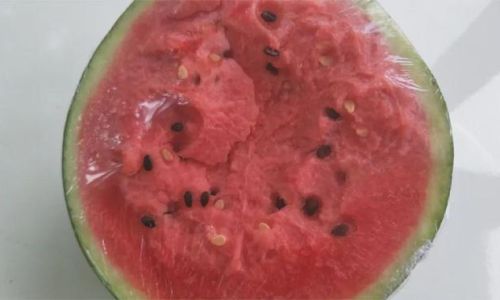
As global temperatures rise and food waste concerns intensify, mastering watermelon preservation transcends personal convenience. It becomes a small yet significant step toward reducing household food waste, with the EPA estimating that 35% of all watermelons grown in the U.S. end up discarded—a statistic ripe for change through informed storage practices.
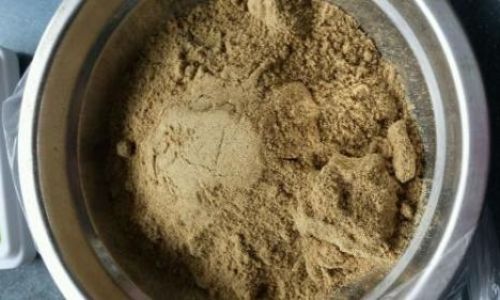
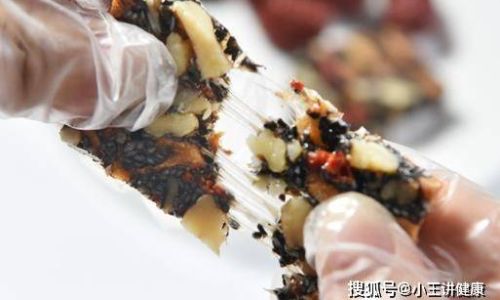
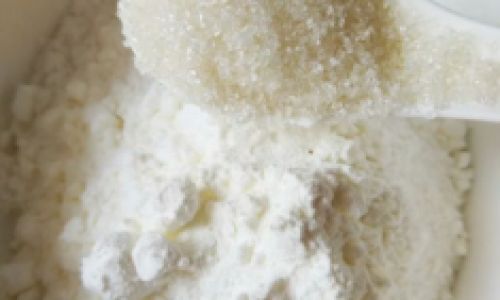
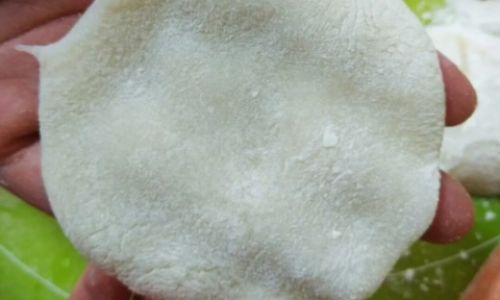
0 comments